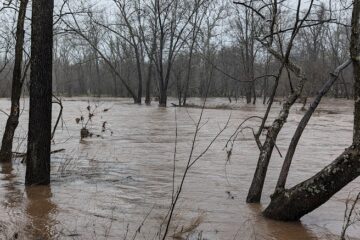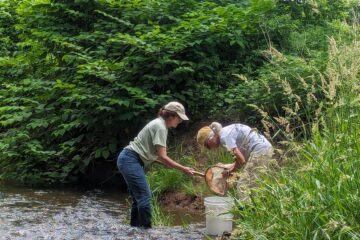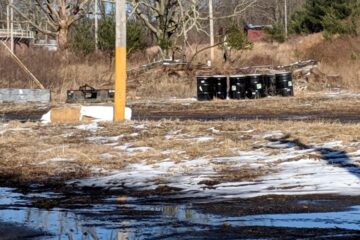It’s easier than you think to create a backyard that is welcoming to wildlife! With just a few changes to your backyard landscape, you’ll be surprised at the diverse wildlife you’ll start to attract – birds, butterflies, frogs, toads, bats, owls and other creatures. Creating a backyard habitat is not only good for the environment, it’s incredibly rewarding to observe!
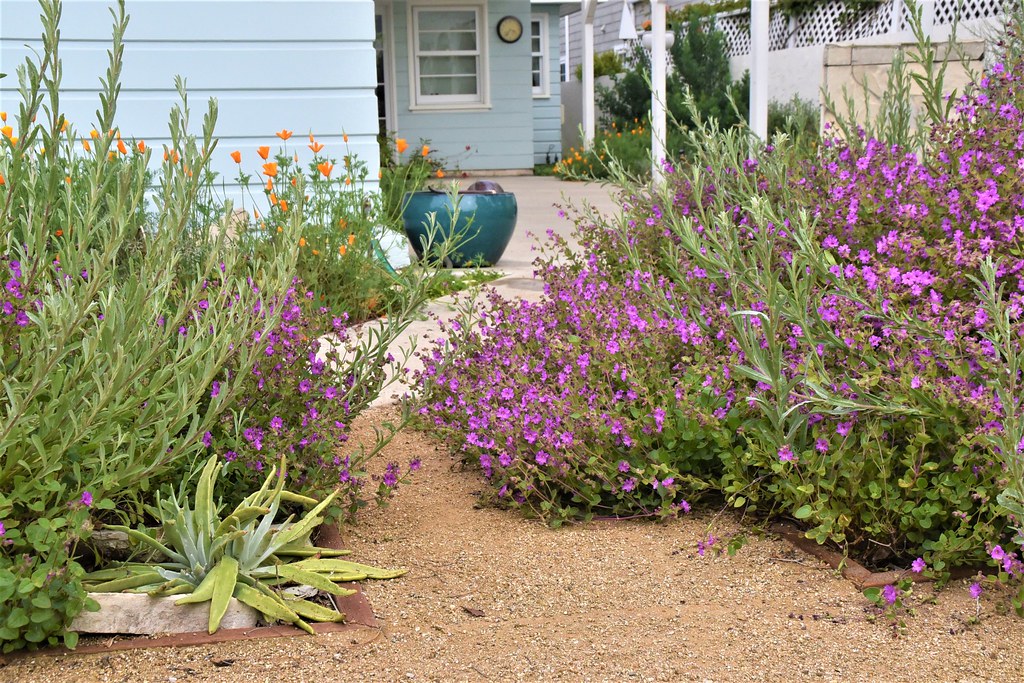
Your backyard habitat should include five basic elements. Not surprisingly, they’re very close to the same things humans need to thrive:
- Food
- Water
- Shelter
- Places to raise young
- Care for the ecosystem (soil and air)
Here are more details on each of these elements:
- Food
- A sustainable backyard habitat begins with plants. Select native plants for your landscape to support native wildlife. The seeds, berries, nectar, pollen, sap, foliage and fruit provided by native plants will host a wide variety of species.
- Feeders can provide food as well, but should only be used as seasonal supplements or an interim solution while native plants are getting established.
- Start low on the food chain: By introducing native plants that host native insects – including caterpillars, butterflies, beetles, bumblebees and moths – you will attract a greater diversity of creatures that feed on those insects, such as birds, toads and frogs.
- Plant dill and parsley, as the caterpillars of native black swallowtail butterflies love these common garden herbs! Plant plenty so you can use some for cooking and have enough left for wildlife.
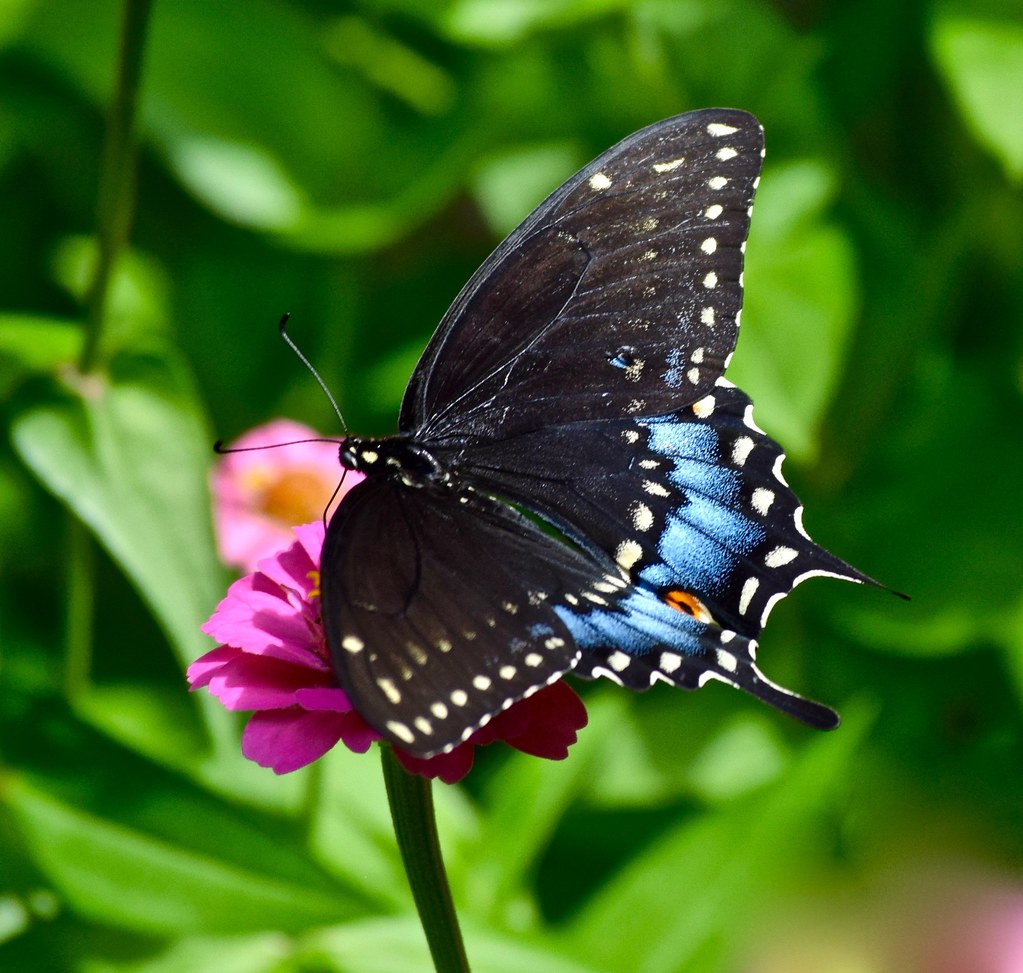
Spicebush Swallowtail Butterflies use Northern Spicebush as a host plant for caterpillars.
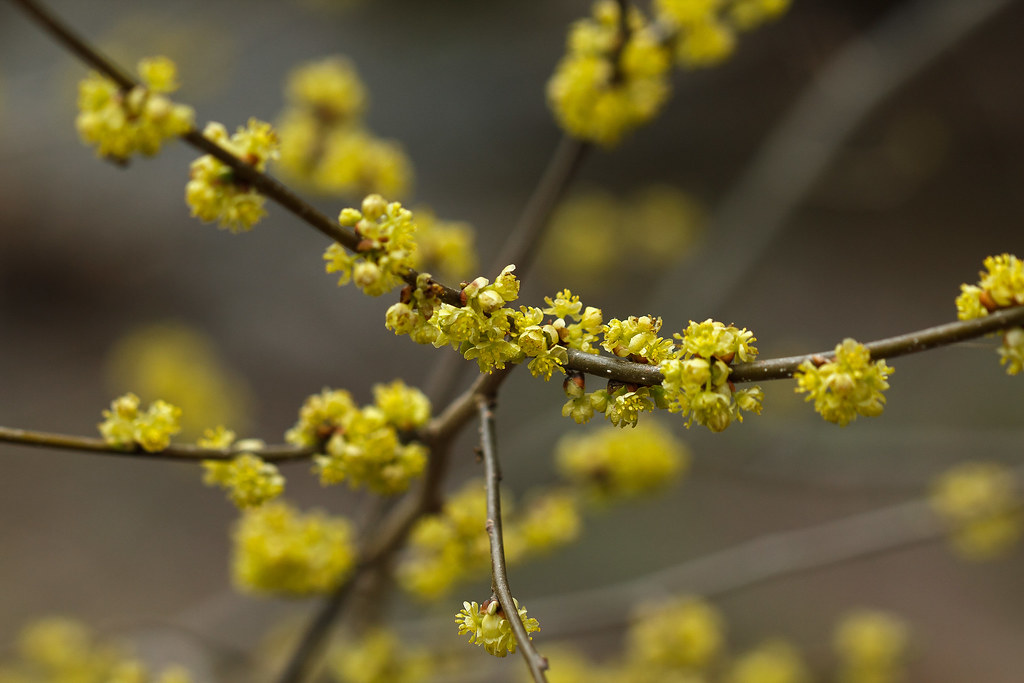
Northern Spicebush, Lindera benzoin
- Water
- Providing clean water for drinking and bathing is part of a well-rounded backyard habitat. A stream or pond on-site is great, but if you don’t have a natural body of water on your property, try adding a bird bath, butterfly puddle or rain garden.
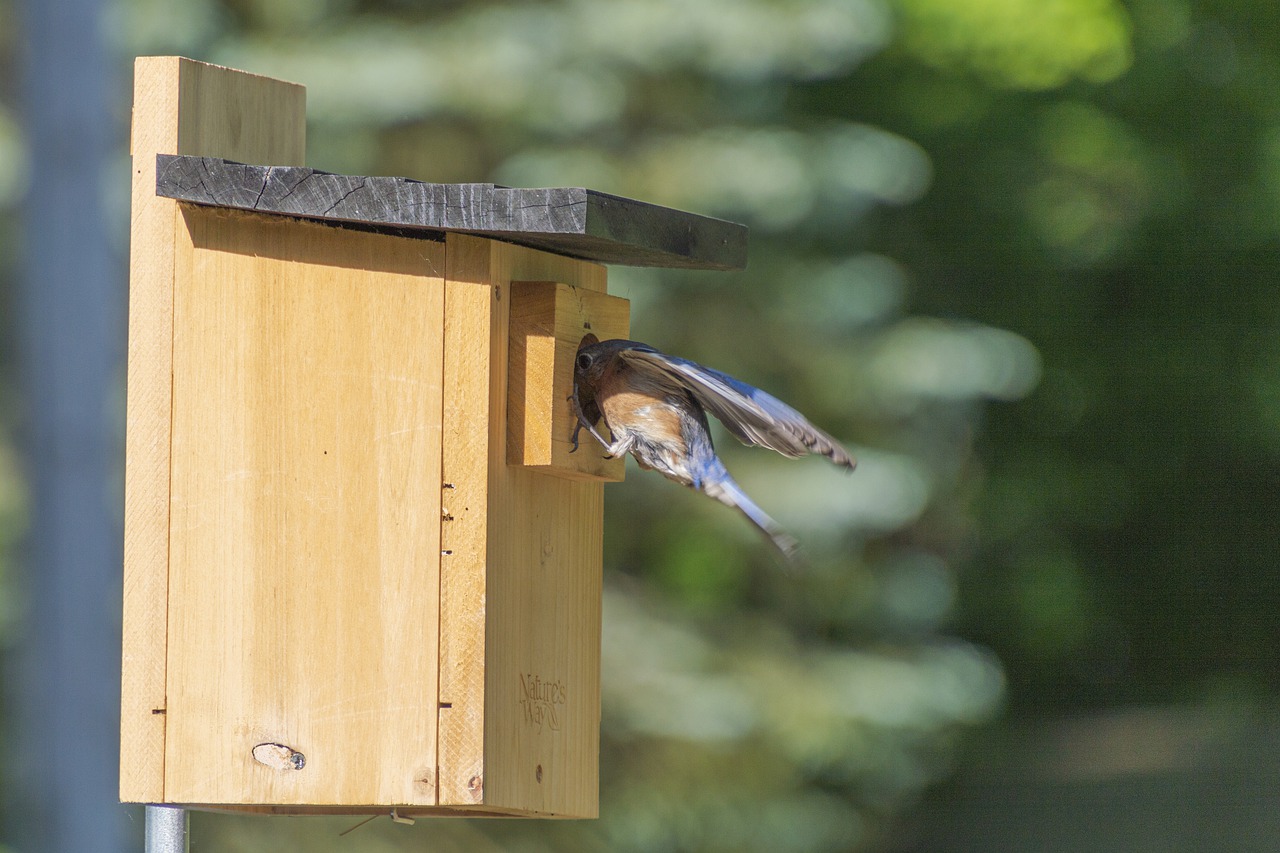
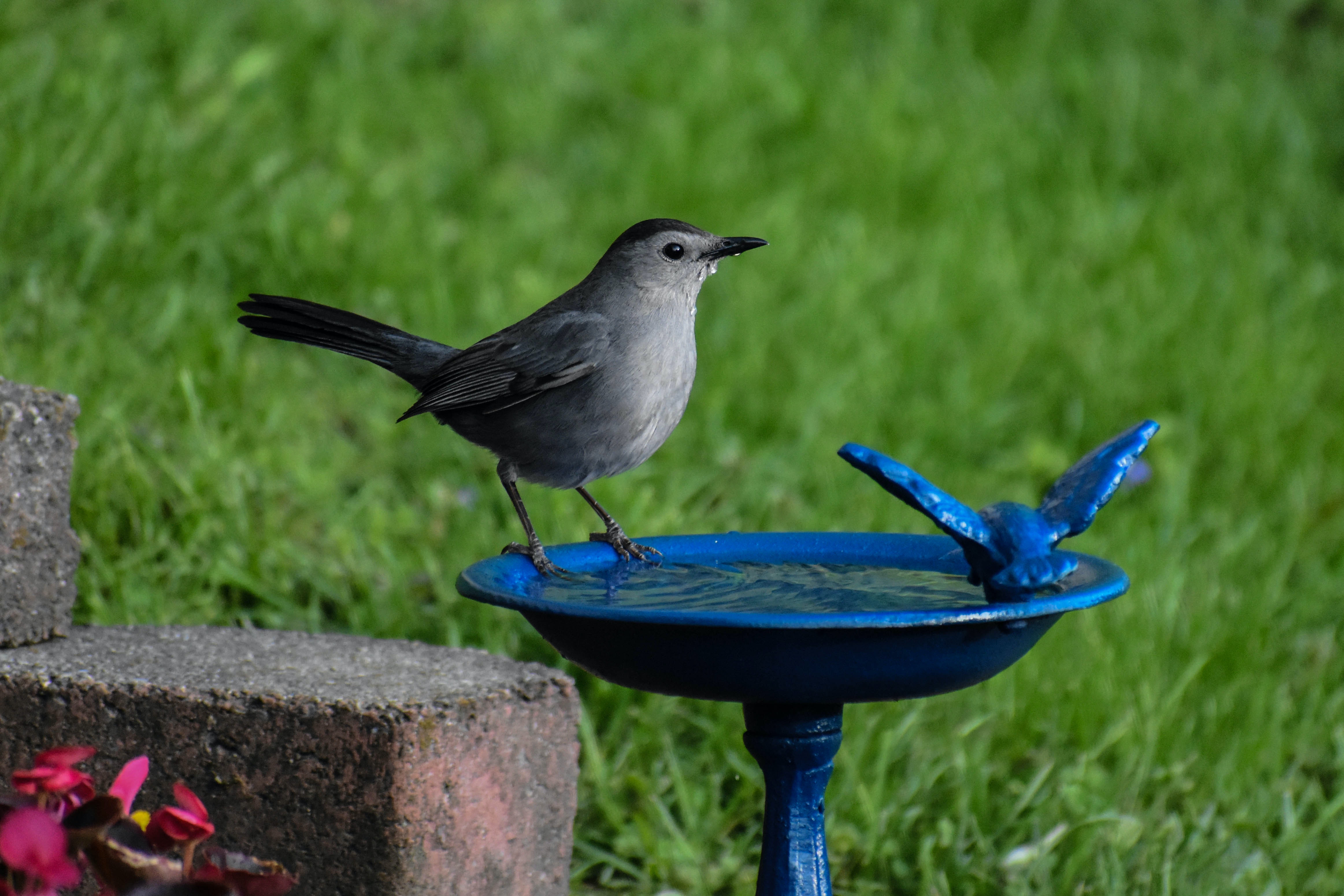
- Shelter
- All creatures need places to shelter and hide. A backyard habitat should have at least two areas where small creatures can be protected from the elements and predators. Suitable places include wood piles, woody debris like old Christmas trees, rock piles or walls, dense shrubbery, a meadow, a forested area or nest boxes.
- Places to raise young

- Many of the same places used for shelter are also used to raise young. Make sure these areas remain relatively undisturbed throughout the spring and summer. Have a certain creature you’re looking to attract or host during the breeding season? Look up their life cycle, and be sure that your intended shelter area is undisturbed during the mating and breeding season of that particular species. For instance, Eastern bluebird nest boxes should be installed in March and remain in place at least until late August. (Bluebird boxes are great habitat for creatures that overwinter in our area, so we recommend leaving them up year-round!).
- Make sure you have resources to support wildlife through all their life stages. For example, the monarch butterfly uses common milkweed as the host plant for its caterpillars, and those caterpillars in turn need plants with sturdy, woody stems where they can build a chrysalis. Once hatched, adult monarchs require plenty of nectar-rich wildflowers to build up energy for their migration south.
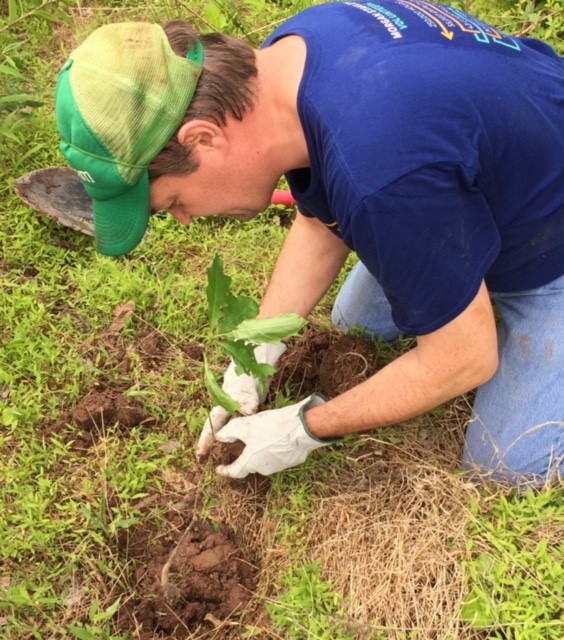
- Caring for the ecosystem – sustainable practices for soil, air and water
- Humans play a large role in the health of the Earth. The better we care for the soil, air and water, the more our planet can heal and habitats can regenerate.
- Don’t use synthetic chemicals like pesticides and herbicides in your yard, as they can harm beneficial plants and animals and contaminate soil, air and water.
- Check out the River-Friendly Resident program to learn how to protect the quality of the water that flows through your property and in the watershed.
- Other recommended soil conservation practices for homeowners include composting, soil testing, and removing invasive plants and replacing them with native plants.
Think your backyard meets all of these requirements? Check out the National Wildlife Federation’s website and get certified!
Questions? Contact Director of Education, Lauren Theis

